Emergency Dentistry
Toothache Stops Here: Paths to Lasting Relief and a Happier Smile
You are halfway through your morning coffee when a sudden bolt of pain shoots through your molar. For a moment the world shrinks to that single tooth. Toothache has an uncanny talent for stealing attention, sleep, and even joy. Yet behind the throb is a conversation between your body and your brain. Pain is your tooth’s SOS flare, and learning its language can turn panic into a plan.
At Vartanian Dental Group we see every day how tooth pain ranges from a dull background hum to a sharp jolt that demands immediate action. While every smile is unique, the road to relief follows the same map: understand the cause, soothe the pain safely, tackle the source, then keep it from returning.
Why teeth decide to hurt
Tooth enamel looks rock solid, but underneath lies living tissue packed with nerves and blood vessels. When that inner network meets heat, cold, pressure, or bacteria, it lets you know. Common culprits include:
- Cavities chewing through enamel and dentin until nerves feel exposed
- Cracks or fractures that open microscopic highways for bacteria
- Deep fillings that eventually leak
- Gum disease that exposes roots and inflames supporting bone
- Sinus congestion that presses on upper molars
- Night grinding that bruises ligaments anchoring teeth
- Erupting wisdom teeth pushing neighbors out of alignment
Sometimes more than one factor teams up. For example, grinding can speed up a crack, letting bacteria race inside. That is why a thorough exam, imaging, and careful questions are critical before any lasting fix.
What is the fastest way to stop a toothache at home?
First things first: home care is pain management, not a cure. Still, smart steps can buy precious hours of comfort until you reach the dentist.
- Clean the battlefield: Use gentle floss around the painful tooth to evict trapped food that might be wedged against the gum. Rinse with warm saltwater to reduce swelling and wash away debris.
- Cool the area: A cold pack wrapped in a thin cloth placed on the cheek slows inflammation. Ten minutes on, ten minutes off helps limit swelling without risking frostbite.
- Lift your head: When you lie flat, blood pools and throbs. Sleeping with an extra pillow can tone down pulsing pain enough for rest.
- Try proven natural allies: Clove oil contains eugenol, a mild anesthetic used by dentists for decades. Dab a drop on a cotton ball and place it near, not on, the aching gum.
- Reach for non-prescription medicine wisely: Ibuprofen reduces both pain and swelling. Acetaminophen tackles pain but not inflammation. Combining the two on a staggered schedule often works better than either alone. Follow package directions and avoid exceeding total daily limits.
- Skip shortcuts that backfire: Do not place aspirin directly on the gum; it burns tissue. Avoid extreme heat that can fuel swelling, and resist the temptation to poke the area repeatedly.
Temporary relief should always prompt an appointment. Pain that fades but returns usually signals a brewing infection.
What is the best painkiller for toothache?
There is no single winner for everyone, but some clear front runners stand out.
- Ibuprofen (Motrin, Advil): It lowers swelling around nerves, making it especially effective for throbbing or pressure pain. Dosage is weight-based, so adults typically take 400 to 600 mg every six hours with food to protect the stomach.
- Acetaminophen (Tylenol): Kind to the stomach and safe for many who cannot take ibuprofen. It works on pain pathways in the brain but leaves inflammation unchanged. Standard adult dose is 500 to 1000 mg every six hours, never exceeding 3000 mg in 24 hours.
- Ibuprofen plus acetaminophen: Taken in an alternating schedule, studies show the combo rivals prescription opioids for dental pain without the addiction risk. Example: ibuprofen at noon, acetaminophen at three, ibuprofen at six, and so on.
- Topical anesthetic gels: Benzocaine gels can numb surface tissue for a short stretch. They help most with gum pain rather than deep tooth throbs. Use sparingly and never on children younger than two.
- When stronger medicine is needed: Severe infections sometimes demand prescription options such as codeine combinations or steroid packs. These should only follow an exam, since masking pain without treating the cause can let damage worsen unnoticed.
Remember that pain pills are bridges, not destinations. If the ache persists beyond a day, the source is gaining ground.
Can a toothache go away on its own?
Yes, but that is rarely good news. A quick disappearance often means the nerve inside the tooth has died. At first that seems like victory, yet the infection that killed the nerve keeps marching through the root and bone in silence. Abscesses, swelling, and even bone loss can follow.
On the other hand, brief sensitivity after biting an ice cube can vanish in minutes because enamel recovered from thermal shock. The rule of thumb: if pain lingers more than one day, wakes you at night, or comes with swelling, schedule a visit. Teeth lack the power to heal large cavities or cracks without professional help.
How dentists chase pain to its source
When you arrive at Vartanian Dental Group, expect questions first: When did the pain start? Is it dull or sharp? What makes it better or worse? Next comes a careful exam:
- Visual inspection finds obvious cavities, breaks, or gum issues
- Percussion testing taps teeth gently to locate inflamed ligaments
- Cold testing gauges nerve vitality by noting reaction time
- Bite assessment looks for high spots on recent fillings or crowns
- Digital radiographs reveal hidden decay, abscesses, or bone loss
- Cone beam scans offer three-dimensional views when nerves or sinuses are in play
With the source identified, treatment may range from a simple filling to a root canal or crown. Infected wisdom teeth might need removal. Advanced gum disease requires deep cleaning and possible laser therapy. Our team tailors the plan to your unique mouth and lifestyle.
When pain becomes an emergency
Call us right away if you notice:
- Swelling in the cheek or jaw
- Fever or general malaise
- Difficulty breathing or swallowing
- Continuous bleeding after trauma
- Cracked or knocked-out teeth
Prompt care can prevent hospital visits and preserve the tooth. Our office keeps emergency slots open because toothache does not run on banker’s hours.
Your comfort is our priority
At Vartanian Dental Group we combine compassionate conversation with the latest technology to defeat tooth pain. Nitrous oxide, gentle local anesthesia, and even sedation options ensure that fear never stands between you and relief.
Our team also helps with insurance questions, payment plans, and scheduling that fits busy lives. You deserve care that addresses both the tooth and the person attached to it.
Take the next step toward a pain-free smile
A toothache is not just an inconvenience; it is your body’s request for help. The sooner you answer, the simpler the solution. Ready for relief? Call Vartanian Dental Group now or use our easy online form to book an appointment.

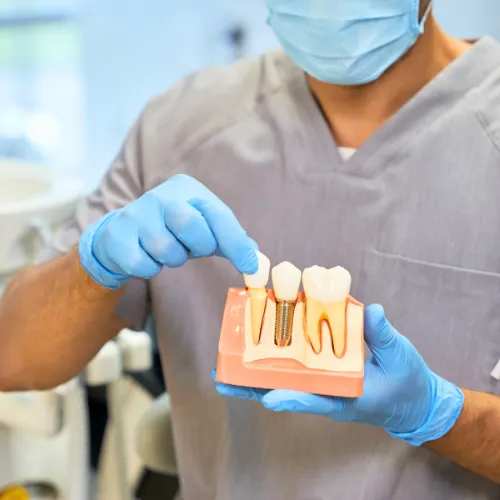

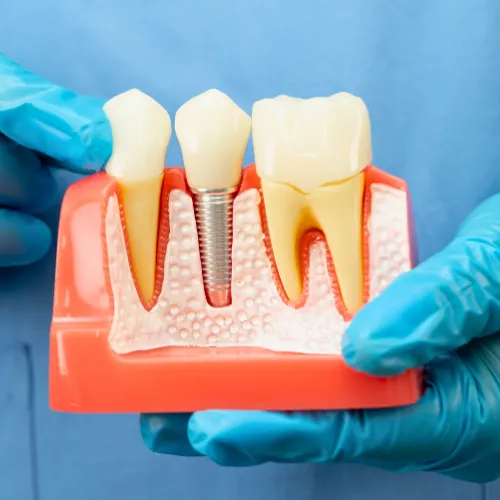
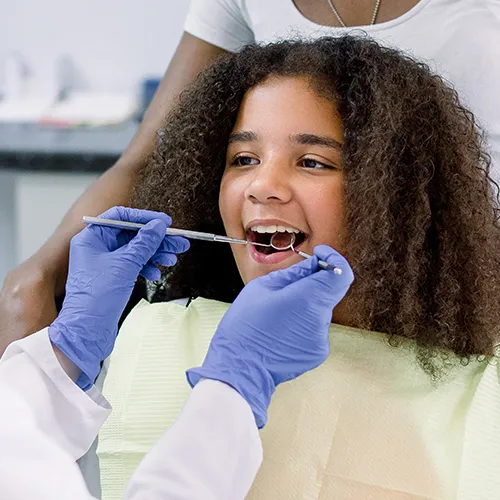
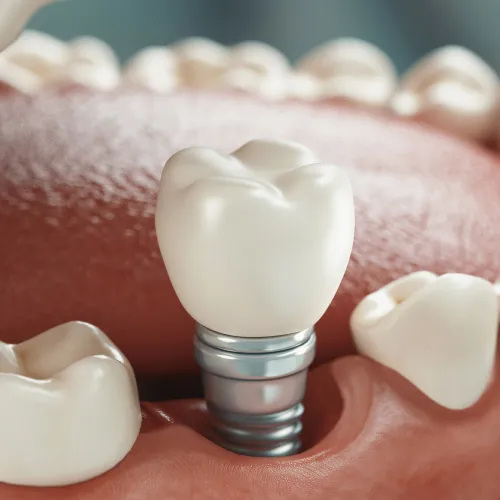
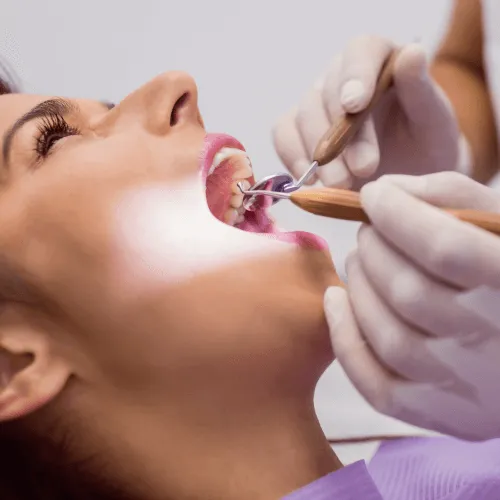


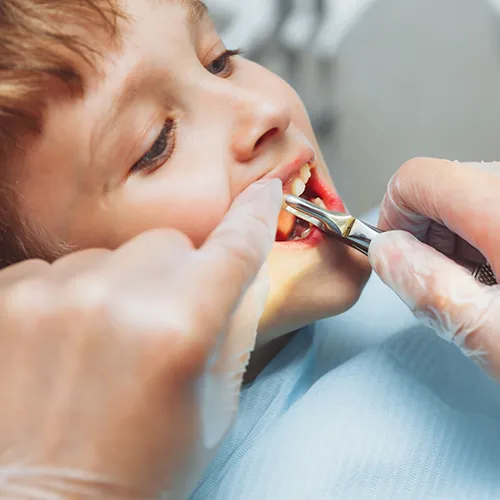

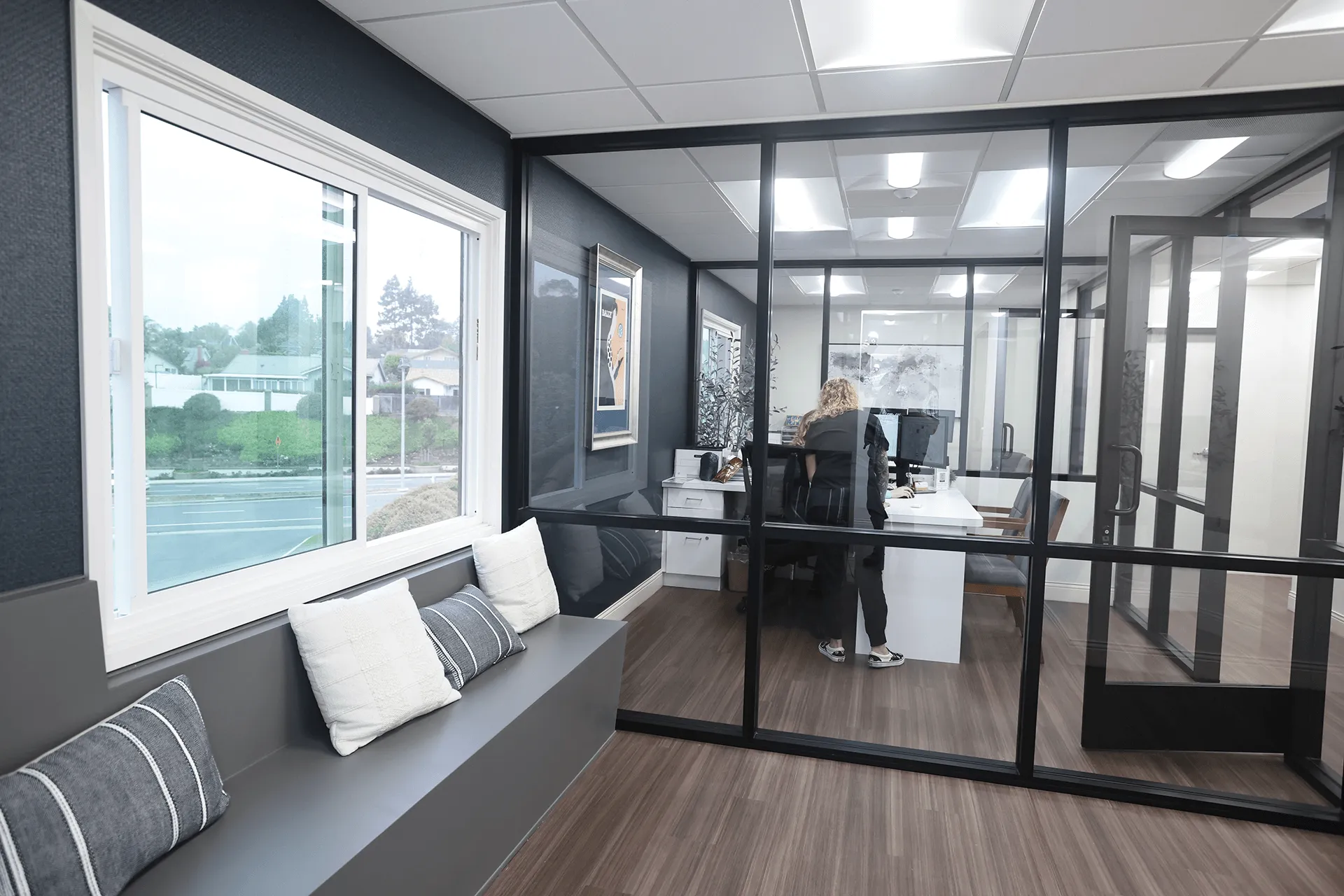
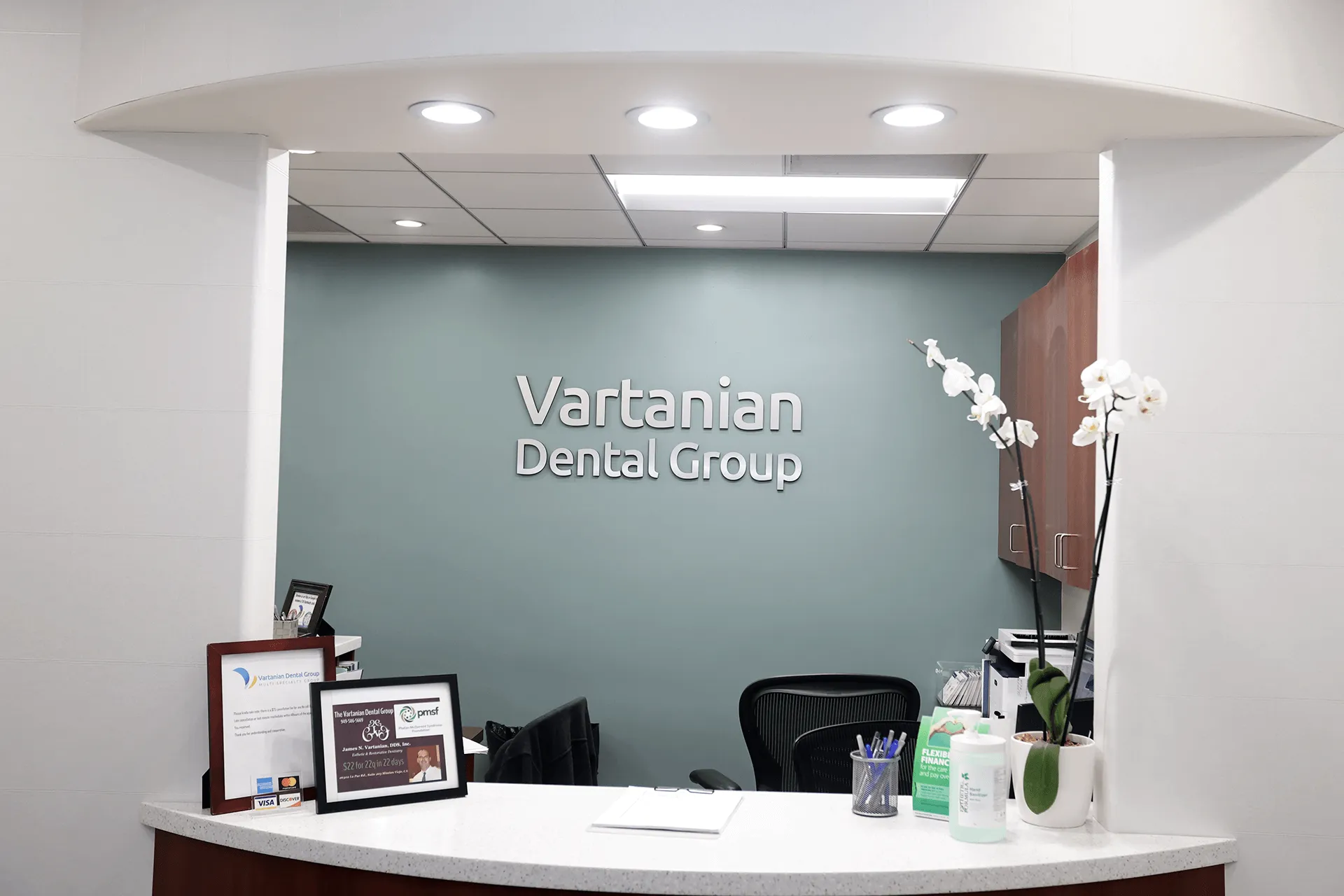
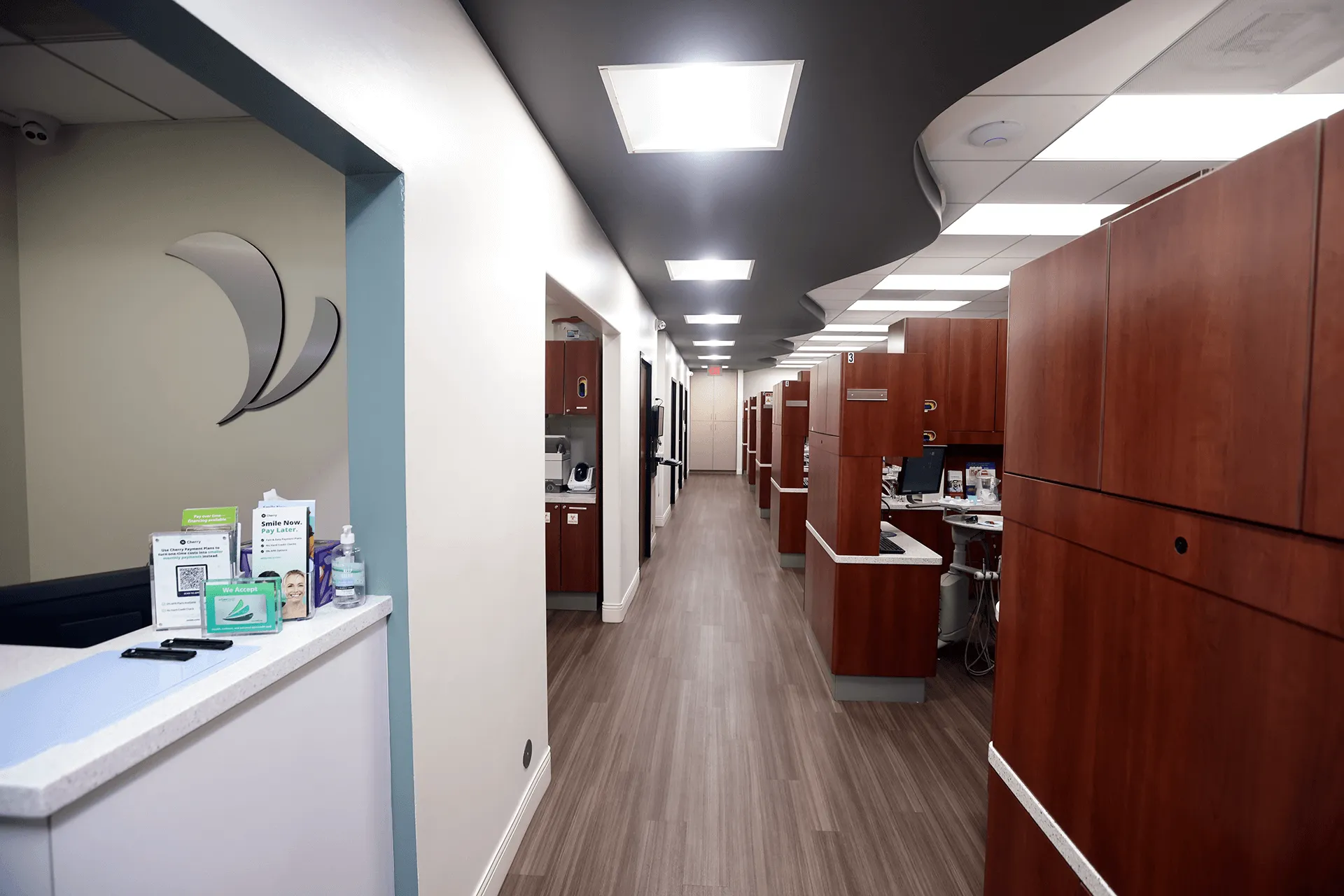
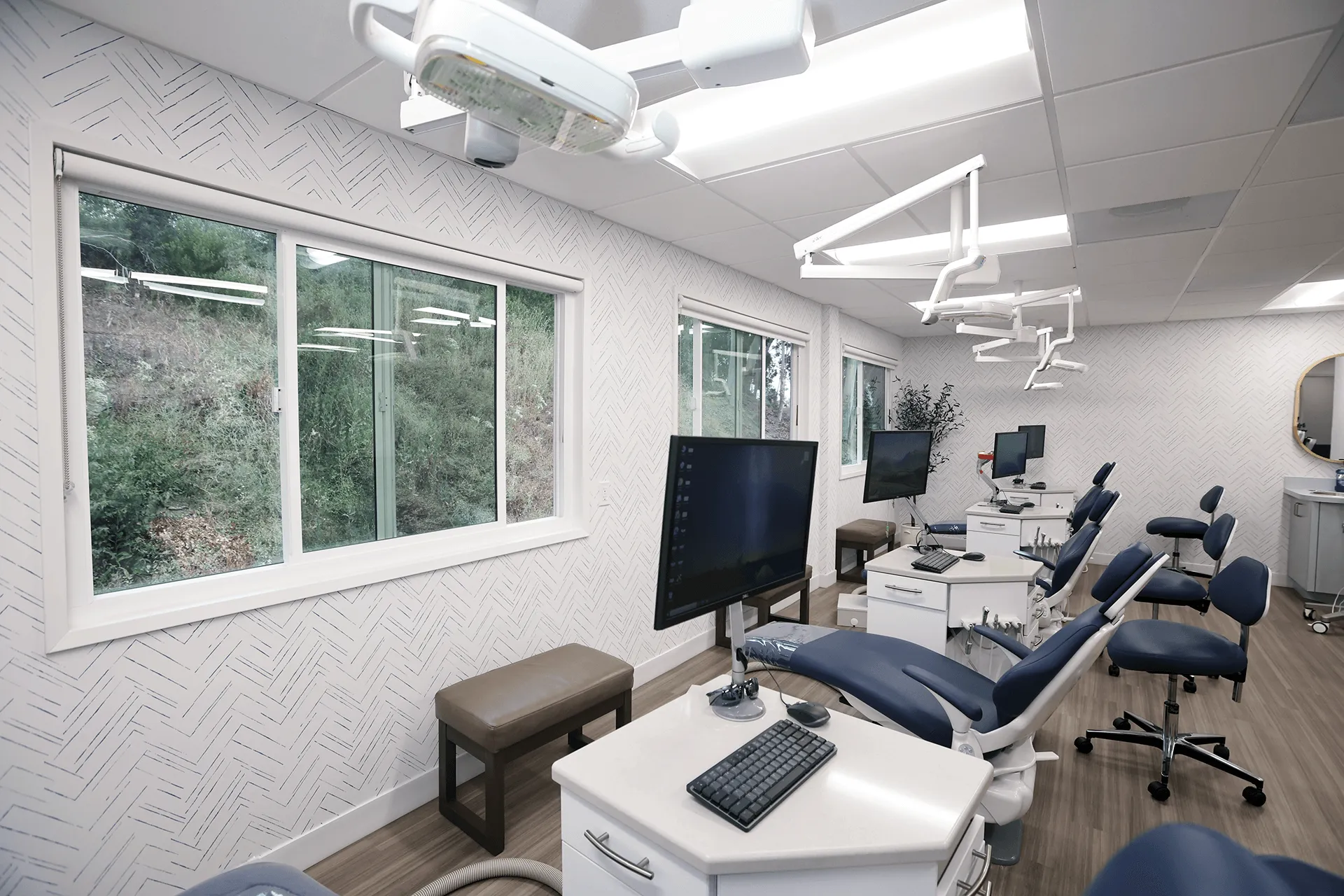
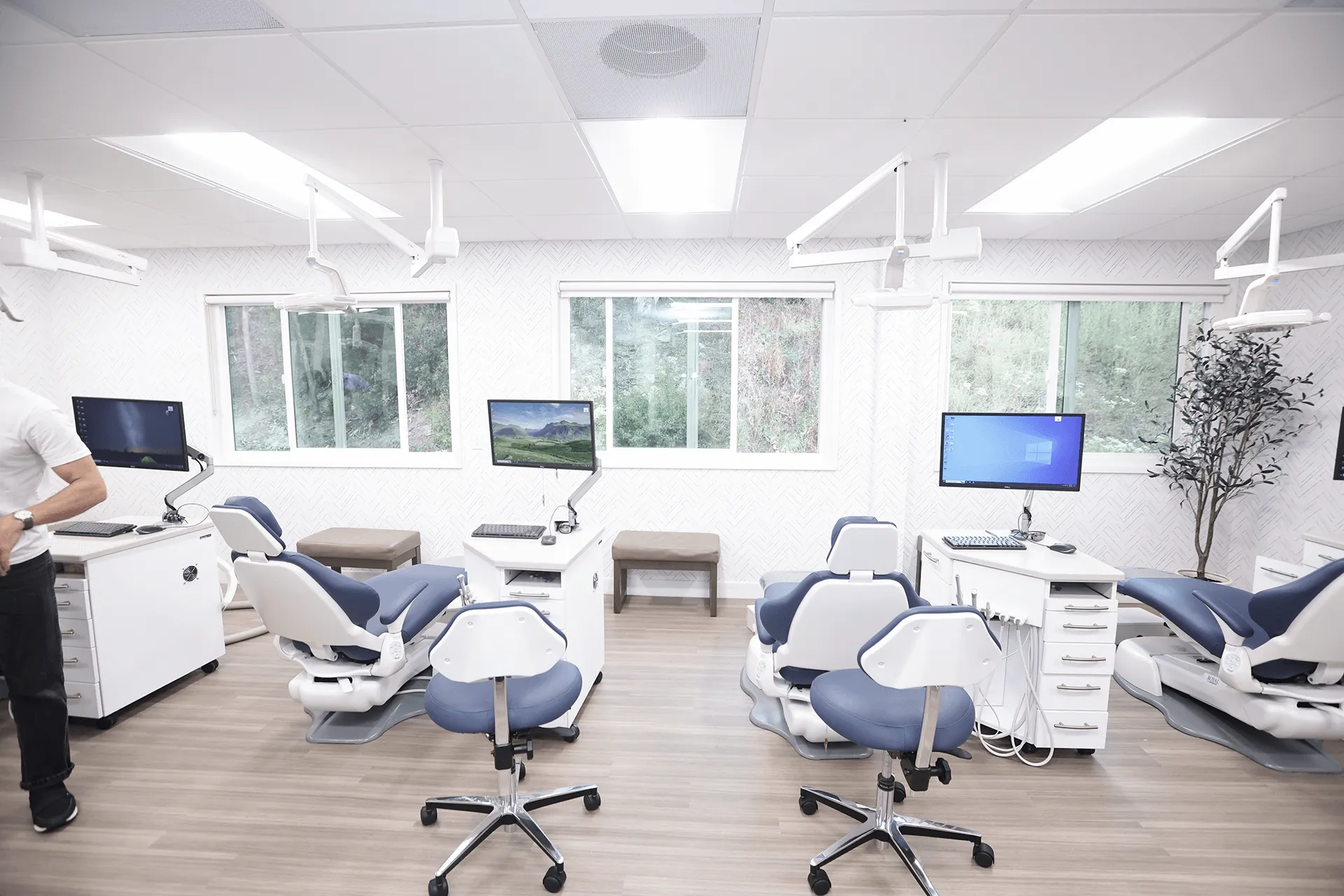
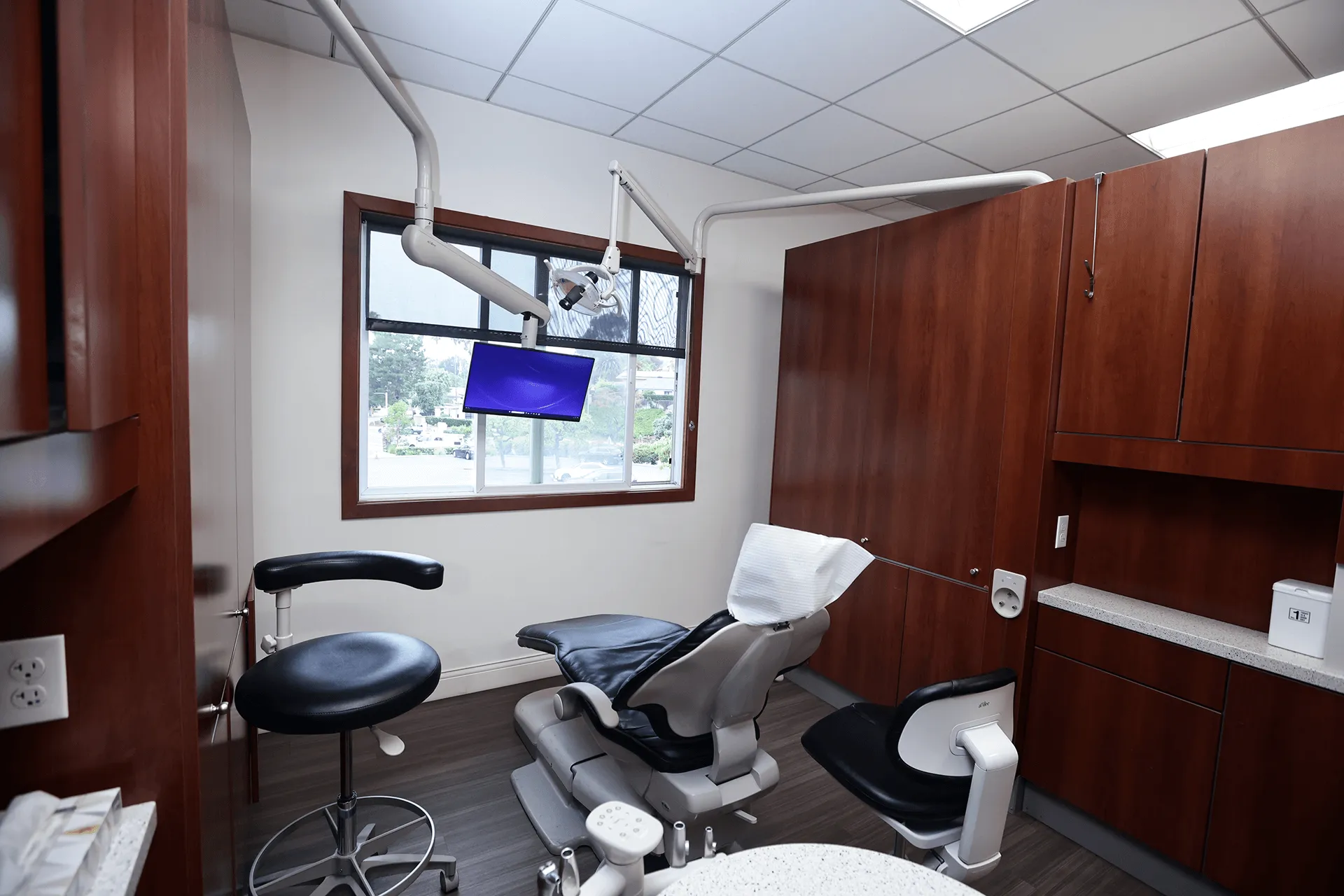
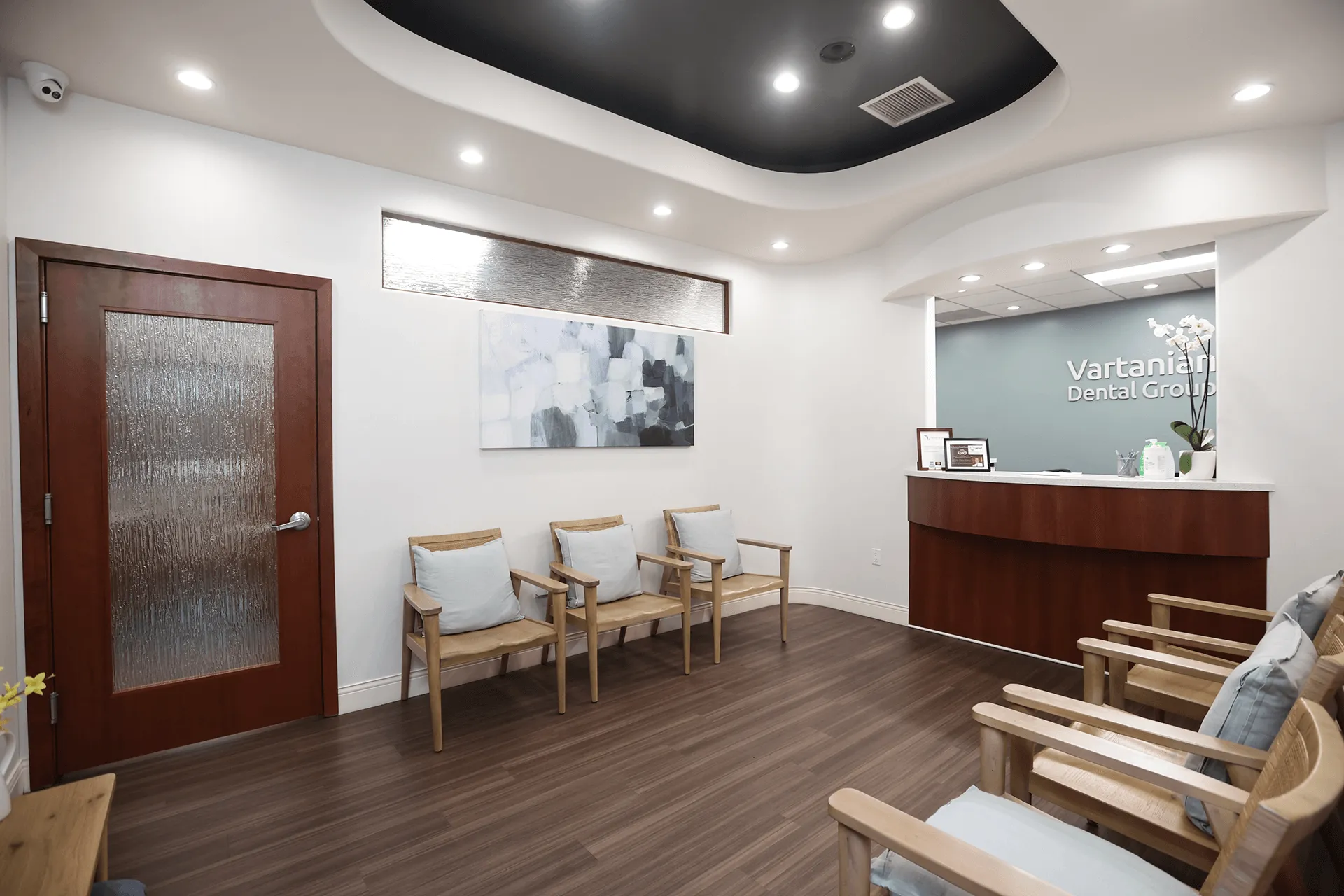





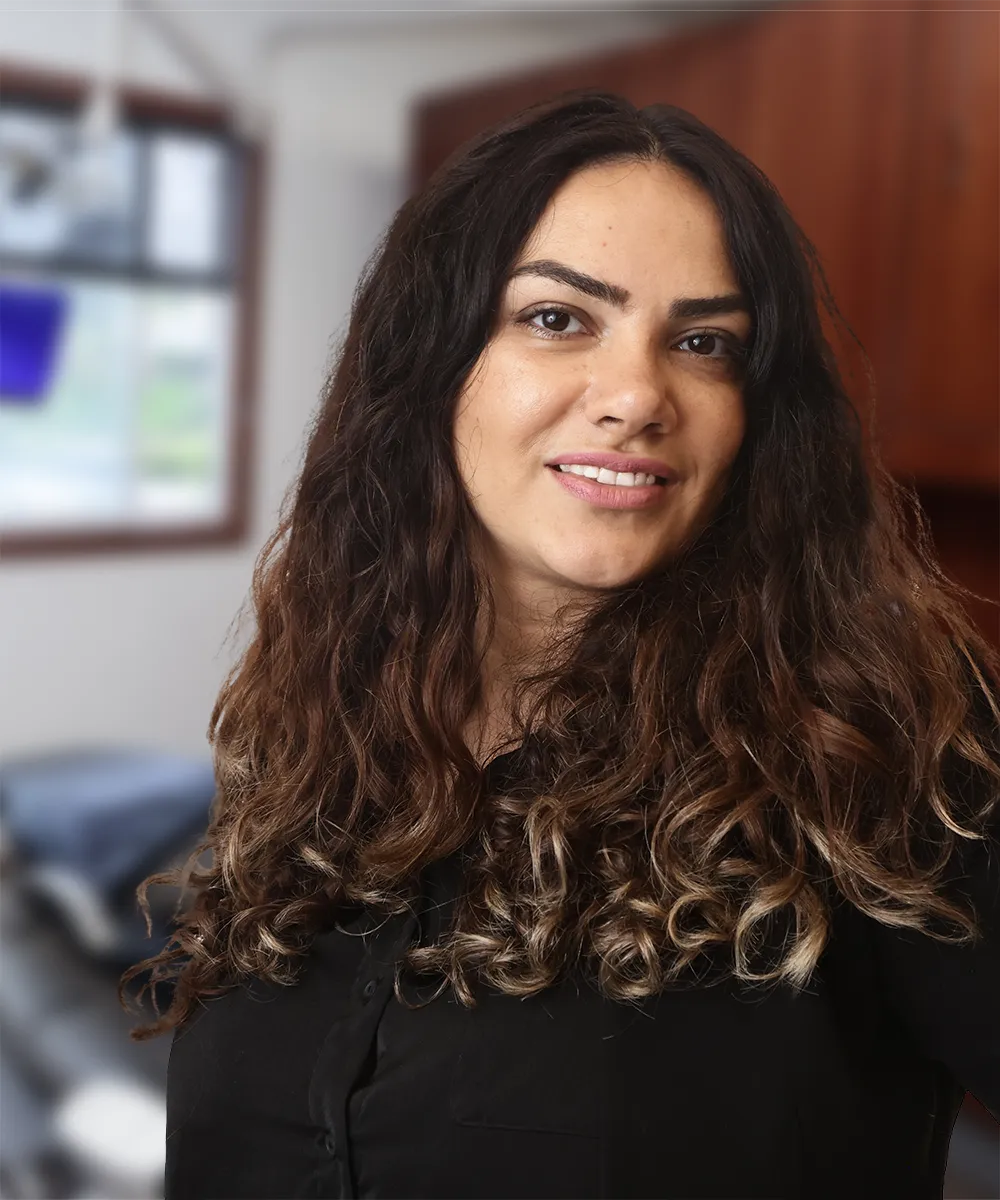








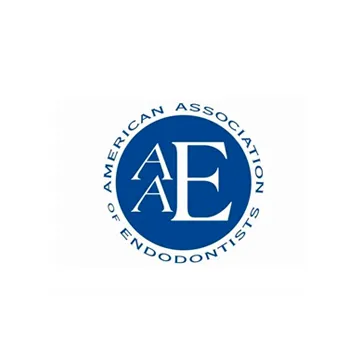


Best smiles Mission Viejo, CA
#VartanianDentalGroup
Check us out and follow our accounts on the following social media platforms for more healthy smiles....